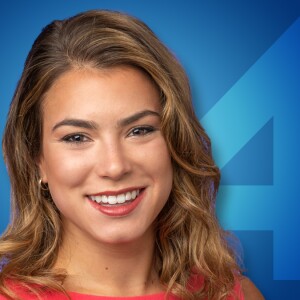MILWAUKEE — More than a week after the riots in Washington, D.C., investigators all over the country are working to identify the people they believe illegally went inside the Capitol.
FBI Director Christopher Wray said Thursday the agency has arrested more than 100 people and has identified more than 200 suspects.
"So we know who you are," Director Wray said. "If you are out there and FBI agents are coming to find you."
Thursday the FBI released pictures of ten more suspects it needs help naming and finding. One of the agency's tools for searching for people is facial recognition technology.
Aside from the FBI, the Milwaukee School of Engineering is leading the way with teaching artificial intelligence as part of its computer science degree. To be clear, the school is not working with law enforcement about the events in D.C.
TMJ4 News spoke to MSOE computer science program director Dr. Derek Riley about how facial recognition technology works in general.
"With these AI systems, we’ll show it example photos and we’ll say, 'OK, this is a nose, this is an ear, this is Billy, this is Susie,'" Riley said. "And over lots and lots of examples and a kind of understanding if they guess right or wrong, the algorithm actually tunes itself to get better and better at recognizing certain things."
Dr. Riley says this takes huge amounts of data and often needs a supercomputer—like MSOE's "Rosie"— to process it.
To get a computer or software to recognize a specific person takes more fine-tuning, Riley says. He says your smartphone may already do this.
"If you have a fingerprint scan or facial recognition to open up your phone, that’s exactly what’s happening," Riley said. "So they’ve already trained a really large model to do all the basic recognition, and then you provide a device with a fingerprint scanning or pictures of your face at the end to be able to fine-tune that model to recognize exactly who you are."
Riley says this technology isn't foolproof—he says human intelligence is needed at every step.
He added we might be contributing to the data sources some of the technology needs by posting our pictures to social media.
"Folks are uploading their own images constantly and that often is the source of the data that is used to train these really, really large systems," Riley said.




